Summer in Maryland means stickiness. This is not the same glorious stickiness we negotiate when we’re harvesting honey. It’s much less desirable as the heat and humidity make us want another shower five minutes after getting out of one. If it’s that hot for us, imagine how honey bees feel!
All animals need hydration. In the summer, we tend to need more water to manage the drying, depleting heat. It’s not much different for honey bees. In addition to basic hydration needs, honey bees use water to make their own form of air conditioning, fanning collected water with their wings to cool off the hive. Bearding is also common in the heat of the summer as honey bees exit the hive to relieve congestion and cling onto the front, often well into the night.
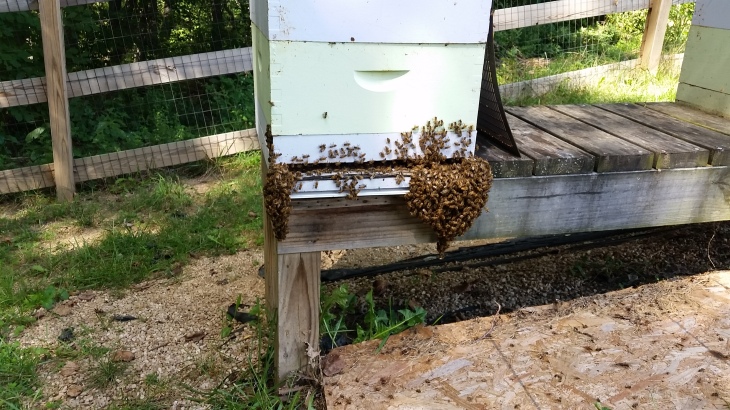
Bees find water in the early mornings or after rain from very safe options like dew or rain drops left on plants or from small puddles along the walkway. But once the sun returns, these sources dry up quickly. Therefore, providing safe water sources is a great way to help honey bees whether you’re a beekeeper or not.
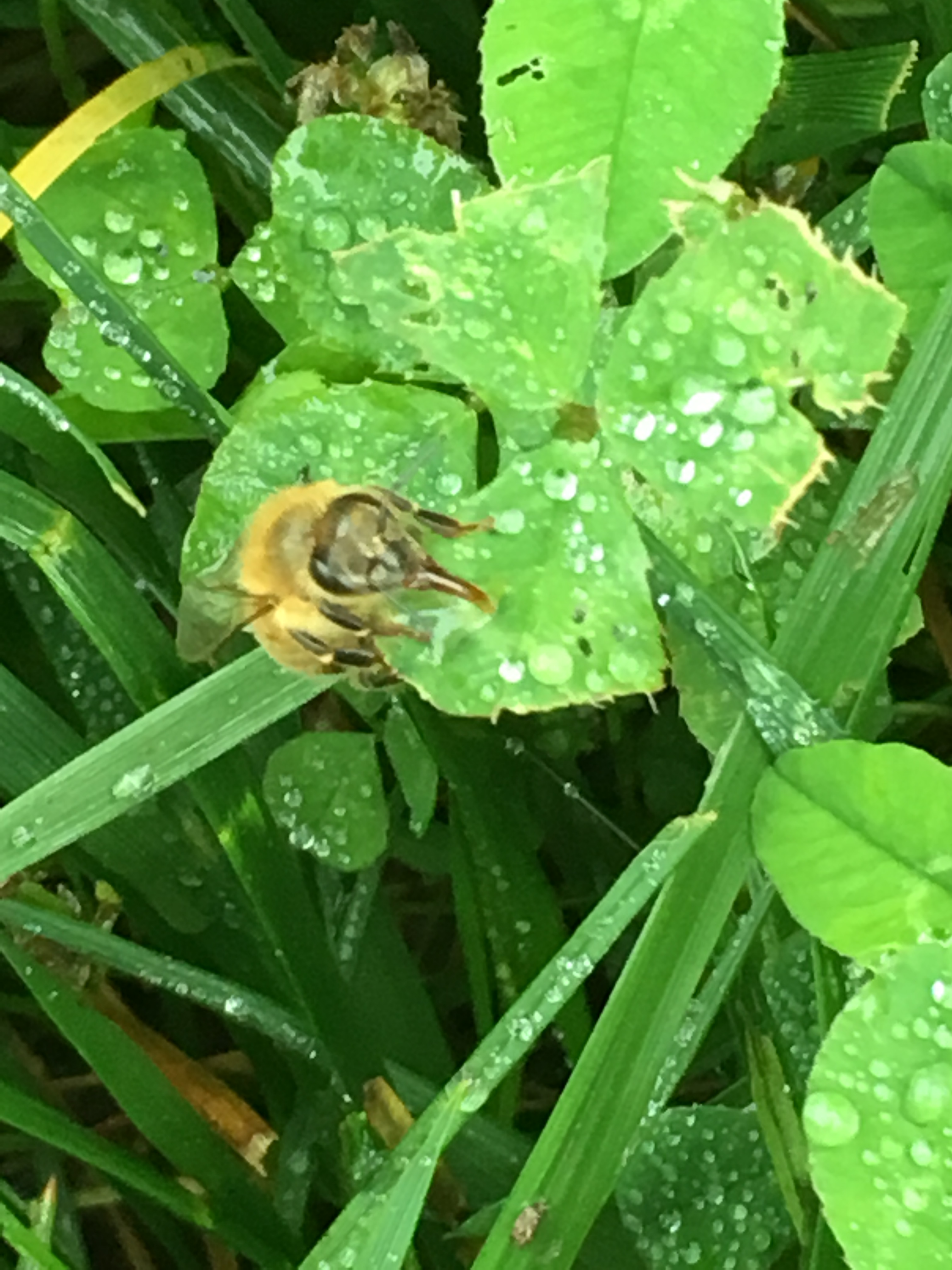
I often hear beekeepers explain that they have no need for a water source because they live near a stream. Bear in mind that just because you live close to this particular water source, doesn’t mean that this is the water source the bees will choose.
As a mother who spends a good amount of time at the pool with my kids in the summer, I can tell you there are a lot of honey bees visiting swimming pools and drinking chlorinated water splashed onto the pavement. Since so much of it is splashed onto the concrete, drinking that water is perceived as relatively safe and easy (maybe not so much to swimmers at the pool though). Yet chlorinated water is not desirable in the hive nor is it necessarily convenient for the bees. From an efficiency standpoint, if we keep water sources close to our hives, the bees will utilize them and not have to waste time searching for water.
When I first got my honey bees, I keenly opted to use a big container as a water source, thinking I wouldn’t have to fool with filling it often. I was saddened to see the number of drowned bees a day later even with a few sticks floating in it and immediately abandoned it. Last summer, I added an open water source for my backyard chickens and sadly, many honey bees found it and drowned.
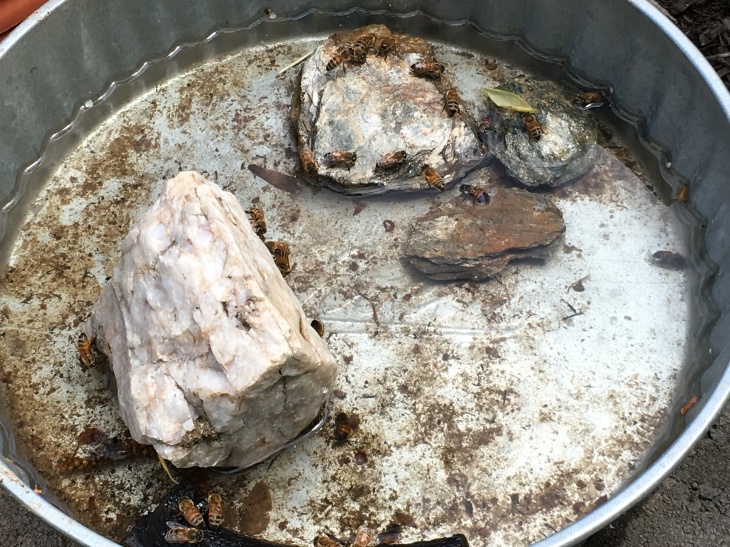
For these reasons, I’m a fan of shallow water sources for my honey bees with lots of safe landing and drinking surfaces like rocks, sticks and even wine corks. With rocks, the flatter the better, as they provide an easy landing surface and more importantly, a safe ledge from which to lean over and drink.
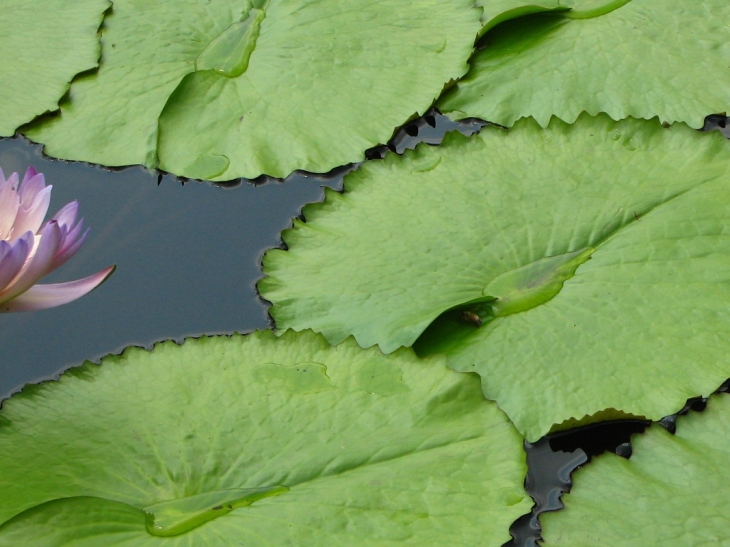
I’m diligent about putting out water in the same place each spring and keeping up on it. When the bees find a reliable water source, they know where to go and tend to return. I have several shallow dishes around my property filled with pebbles, flat rocks and wine corks. I always find bees utilizing them and rarely do they drown now. But this means checking on them daily in the hot summer months. I fill them in the mornings when I take my dog out and check on them again in the evenings, frequently needing to add water as a result of evaporation and consumption. Shallow water sources also help keep mosquitos at bay since there’s not much standing water for egg laying.
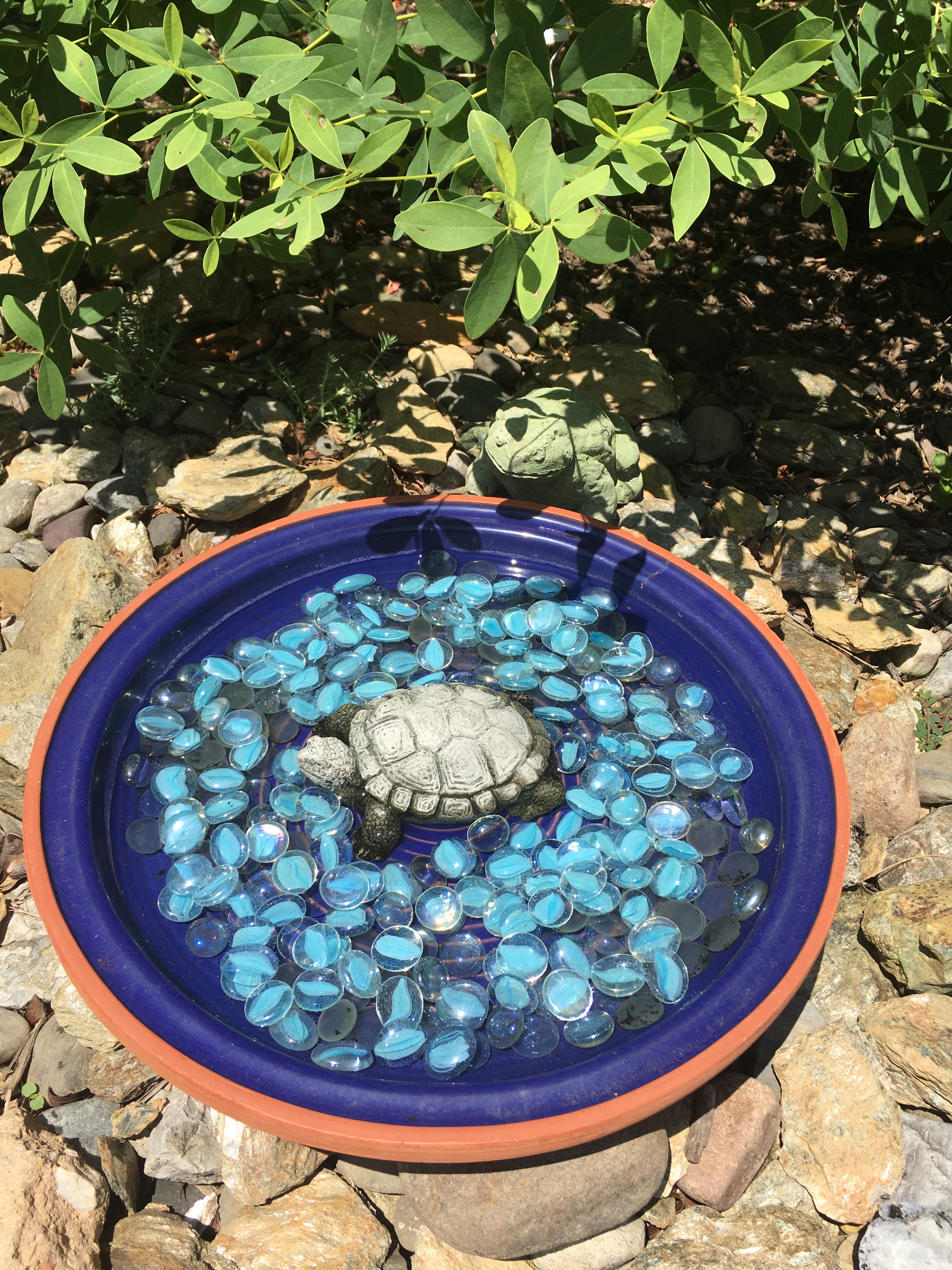
Interestingly enough, I often find that given a choice between fresh, clean water and water sources with a bit of debris, the bees prefer the mucky water sources. I see the same thing after a rain shower. Honey bees land on garden soil and drink from the dirt, likely finding minerals from the soil from which they benefit.
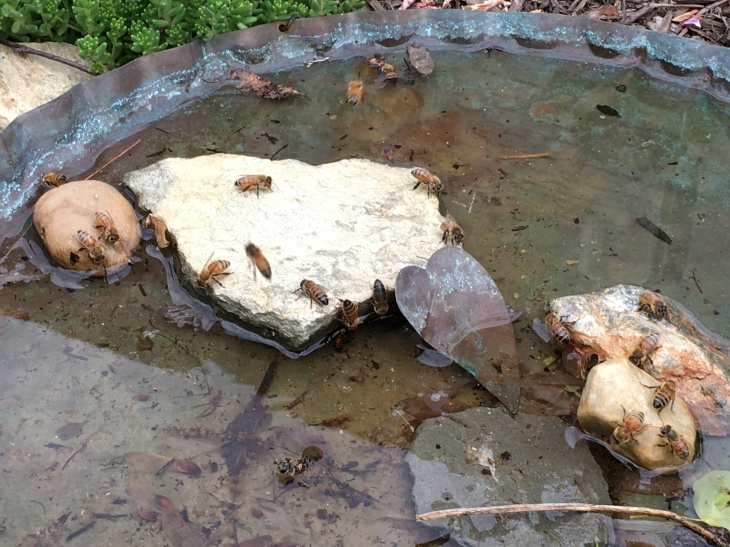
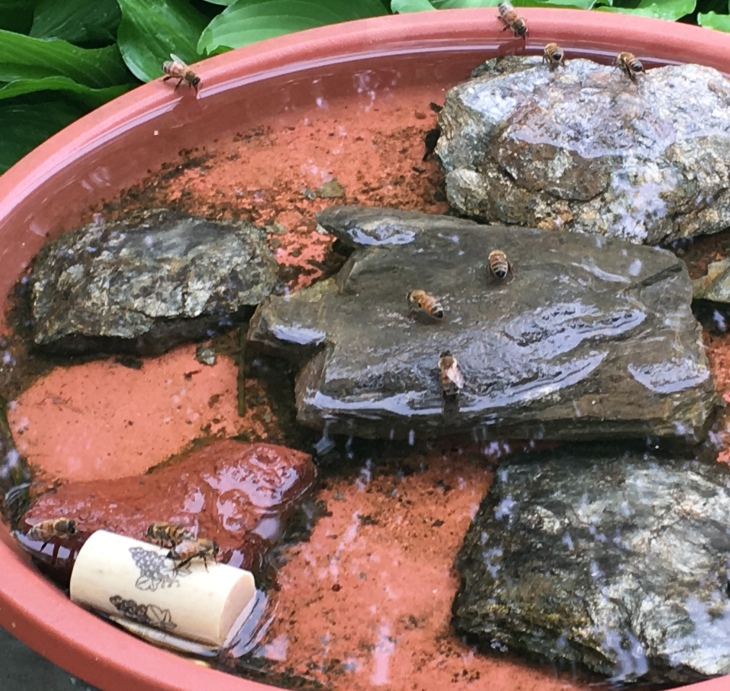
The high heat and humidity can deplete a shallow water source quickly but a deeper vessel can lead to unnecessary drowning, as well as invite birds that may choose to eat them (I keep a separate, deeper bird bath for this reason and find that the birds like the deeper water source and the bees tend to visit the more shallow options). Regardless of what type of water source you provide, remember to check on it frequently and to have plenty of flat rocks, wine corks, and/or sticks in the water so your honey bees can safely land and sip the much needed water without risk of falling in and drowning.
There are many options for providing water to bees, including Boardman feeders filled with water placed onto beehives. The delivery doesn’t matter so much as providing a consistent source. Open sources afford you the opportunity to watch them drinking though and this beekeeper loves admiring her honey bees, watching their little bodies move as they sip the water. An open water source will also attract other pollinators. It delights me to no end to watch honey bees and butterflies gracefully sharing a refreshing drink on a hot day, and during these dog days of summer, my water sources are not without frequent visitors. So if you haven’t already, make a water source for the bees, being as creative or not so as you like, remembering to provide safe landing and drinking surfaces. Then grab a cool drink for yourself, sit back and enjoy the show!
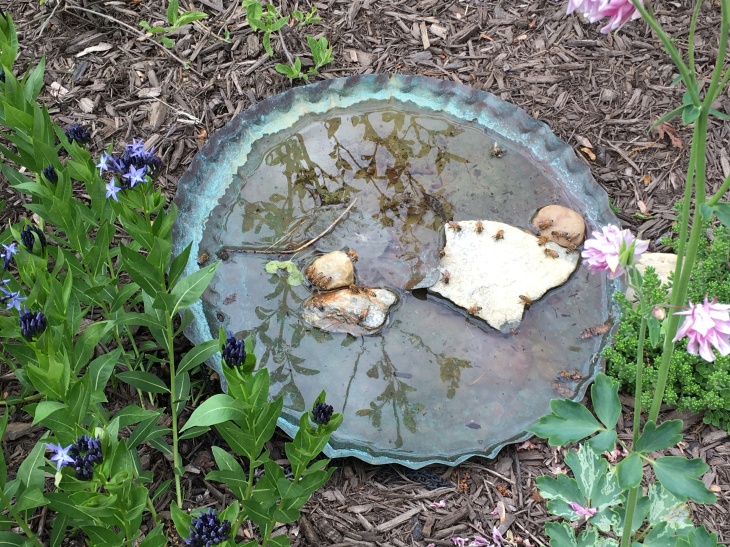
We forget that the water cycle and the life cycle are one. – Jacques Cousteau
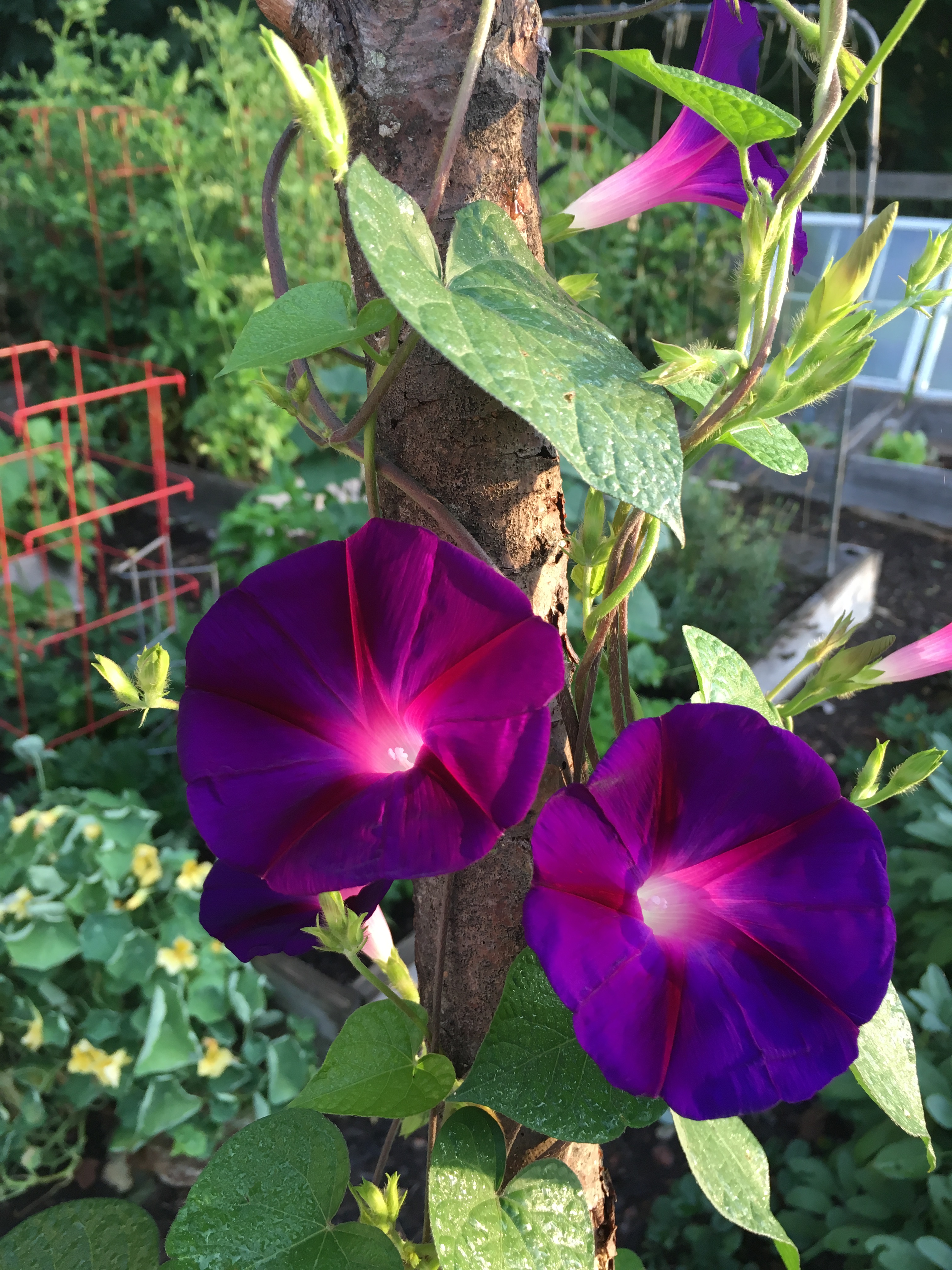
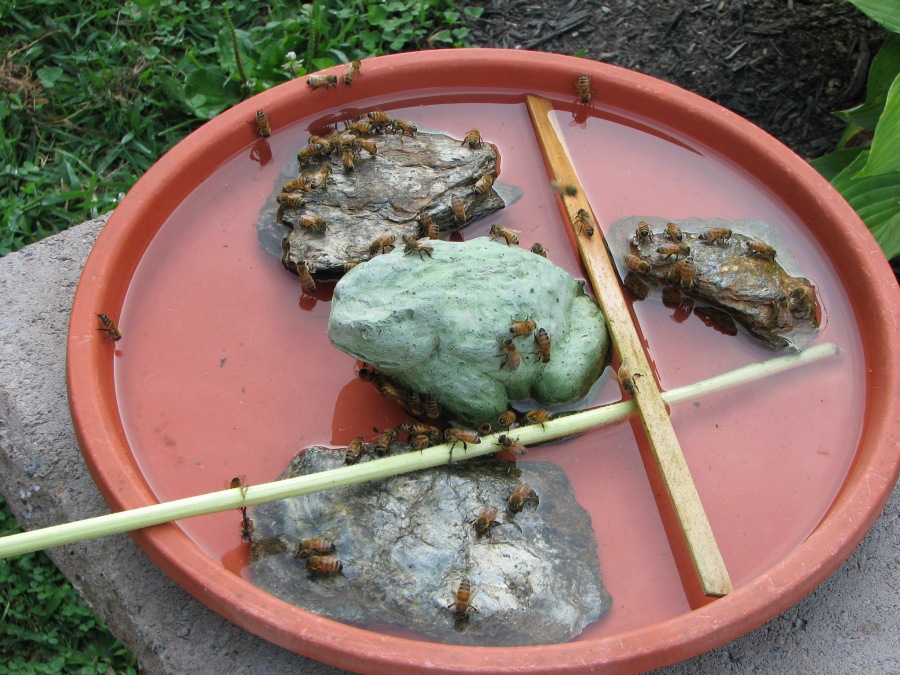
Thank you for the PIngback!
LikeLike